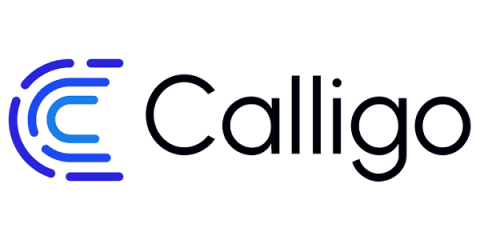Bring Your Own Device (BYOD): Pros & Cons for Businesses in 2025
Bring Your Own Device (BYOD) is becoming increasingly popular in workplaces around the world. With the trend of remote and hybrid working gaining grip and employees seeking more work flexibility, the shift to BYOD policies will be eminent in the coming years. Here is what you need to know before incorporating a BYOD policy at work.











